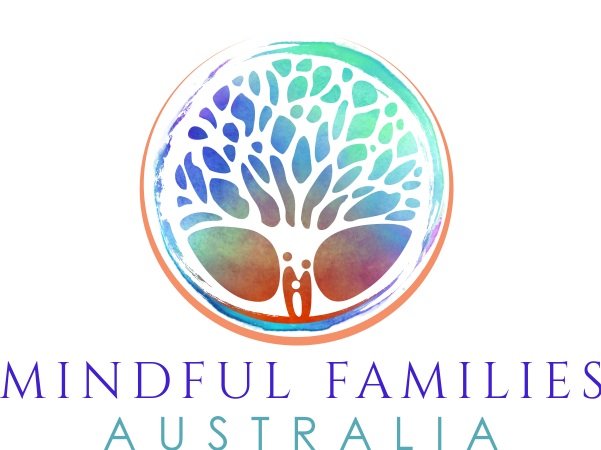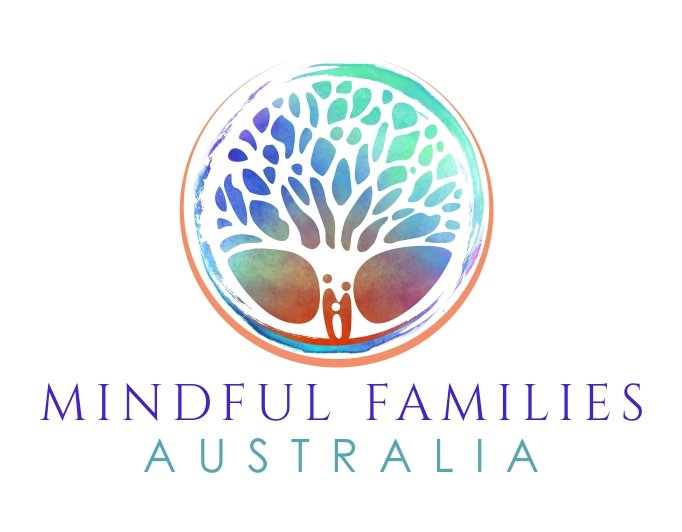From Control to Compassion: Unearthing the Wisdom of Emotions - Part One
All too frequently, we seek control within our river of emotions, attempting to manipulate the currents and reroute flows that ultimately spill out of our grasp. Yet, what if we could completely transform this perspective? In this two-part blog post, we will explore a different approach; one where control surrenders to a more open, insightful understanding.
Throughout the narratives of our lives, emotions are the vibrant hues that paint our experiences, informing our actions, shaping our relationships, and influencing our perspectives. Just as a painter does not control the essence of the colours he lays onto the canvas but merely guides them, we too should learn to reassess our relationship with our emotions, letting the colours blend naturally for an authentic piece of art - the masterpiece that is our life.
What if, rather than attempting to turn our emotional stream into a controlled canal, we allow ourselves to flow with its natural path, welcoming the wisdom it has to offer? Through this blog, we explore the tools of mindfulness and psychotherapy to aid in this unlearning of control and adoption of acceptance.
The Misconception of Controlling Emotions
A widespread misconception that we should control our emotions permeates our societal consciousness. Many have been at the receiving end of well-meaning advice like "don't worry," or "no need to feel sad," only to find that these words barely scrape the surface of their emotional weather.
The truth is simple: we don't control our emotions.
If you find yourself sceptical about control and emotions, here's an exercise to demonstrate my point:
Look around you and choose an object to focus your attention on. Now, see if you can control your emotions and fall deeply and madly in love with the object. Did it work?
Or, try igniting anger at the object, or perhaps jealousy, maybe even fear.
Not working yet? It's not because you're not trying hard enough, but because emotions are typically not within our control.
A Deeper Dive into Emotions: Our Sixth Sense
In our journey to understand the sensory nature of emotions, it can be enlightening to perceive them as our sixth sense. Just as we experience the world through sight, sound, taste, touch, and smell, so too do we interact with our inner and outer world through the lense of feeling.
Whether it's the colours of a painting, the rythms and beats of our favourite music or the earthy aroma in a field – these sensations are not under our control. Similarly, we don't instruct our emotions how to react, they simply do in response to certain stimuli. Love, joy, anger, fear, and sadness; these are all spontaneously felt, just like the sensory evidence we receive from all around us.
However, the interpretation of our emotions tends to be more complicated than our treatment of other senses. We have been conditioned to categorize our feelings into neat "good" or "bad" boxes. This process of judgement is arguably the first hurdle in fully embracing the breadth of our emotional lives.
Take a moment to observe how your mind responds to different emotions:
Love: .........
Joy: ...........
Anger: ........
Fear: .........
Sadness: ......
It is almost second nature to automatically label these emotions. However, every sentiment—even the ones we consider uncomfortable or negative—comes with invaluable insight that can guide us through life, help us adapt to changing circumstances and facilitate personal growth.
When we imbue our emotions with 'good' and 'bad' labels, we add an unnecessary layer of judgement. This only serves to compound the initial emotional response and can even fuel feelings of failure or guilt. An unhealthy pattern can form, thus leading to a belief of "I am bad," rather than accepting the simpler "I feel bad."
Ancient eastern philosophy offers a crucial counterpoint to this thought pattern. It proposes categorizing emotions as pleasant, unpleasant, or neutral. This categorization steers clear of judgement and instead, acknowledges the transient and subjective nature of emotions.
As we conclude this enlightening exploration into the realm of emotions, it's clear that our initial misconceptions about control can cast a shadow on our potential to fully appreciate the vast, colorful canvas of our feelings. Rather than seeking blind control, allowing our emotions to serve as natural indicators of our internal landscape can be transformational.
When we approach our emotions with mindfulness and compassion, instead of judgment, we can intimately understand our authentic selves - our fears, joys, passions, and sorrows. This understanding will play a pivotal role in guiding our path - a journey to inner peace and harmony. I hope this blog has inspired you to reassess the narratives you've woven around your emotions, a rebirth in embracing the vibrancy they add to your life.
Part two of our discussion provides further tools and techniques to navigate this emotional journey, teaching you how to flow rather than steer the river of your feelings. Immerse yourself in the mindful practices shared in Part Two of This Emotional Journey, and continue to embody this newfound perspective in your everyday life.


